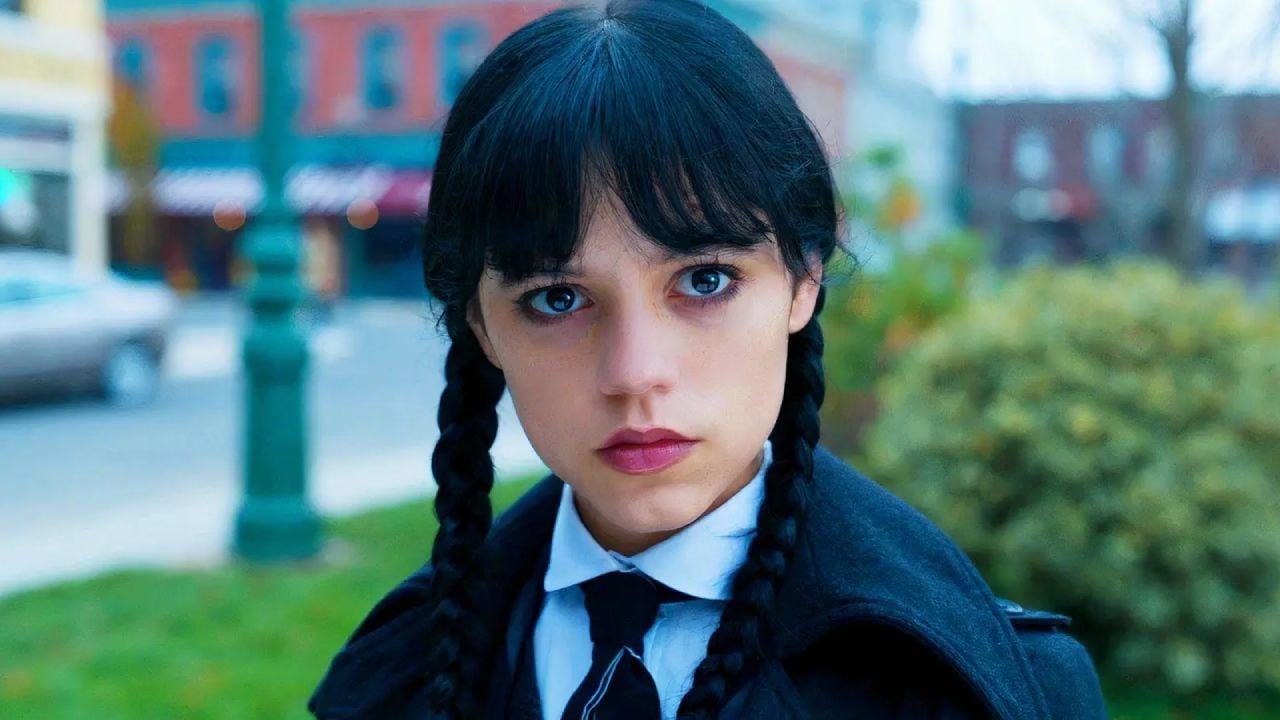With global success of new album, artist from Puerto Rico brings traditional genres and appreciation of local culture to the center of the spotlight
Article published on January 20, 2025 in Rolling Stone. To read the original in English, click here.
Last week, the song that reached number one on the charts was from the plena musical genre.
On January 11th, the title track of his newest album Bad Bunny, Debí Take More Photostook first place in Apple Music. The following day, it reached number one on the global chart. Spotify — and remains in first position on both platforms. The track also broke the record for the Spanish-language song to reach number one in the most countries in the history of the song. Spotify.
“DtMf” is played in the Afro-Puerto Rican folk music style of plena, a genre with which people who are not from Puerto Rico are generally unfamiliar. Although well known on the island and a mainstay at cultural events in the region, plena has never seen mainstream commercial success. Before “DtMF”no song of the genre had reached any position on the charts.
See this photo on InstagramA post shared by Benito Antonio (@badbunnypr)
MAGas the producer is known Marco Borrero — who writes a large part of the recent catalog of Bad Bunny — he said to Rolling Stone that the song’s success was a surprise.
I didn’t expect this reaction, this reception. What’s going on with ‘DtMF’ It seems like a cultural movement. And it feels like the world is embracing us and embracing Puerto Rico; and in such a beautiful way,” he says.
Although “DtMF” is number one in the world, many listeners may not even know what genre they are listening to. The launch of viewers from the album on YouTube (written by Puerto Rican academic Jorell Mélendez Badillo) offered the audience a historical context for the song.
In “DtMF”which currently has over 25 million views, the video includes an abbreviated history of plena and bomba, another popular genre among Puerto Ricans. The clip explains that the cultural practice of bomba (music and dance) emerged in communities of enslaved Africans in Puerto Rico and their descendants. About 25 years after the abolition of slavery in Puerto Rico (1873), another Afro-Puerto Rican genre emerged known as plena. Unlike traditional bomba, plena often includes vocals (as well as differences in drums and instrumentation).
In “DtMF”, Bad Bunny decided to do “gang vocals with all the kids we now call ‘sobrinos’”, he explains MAGreferring to the group of students from Escuela Libre de la Musica from Puerto Rico who appear in several songs on the album.
While the artist has blended genres before, this album specifically draws on lesser-known Puerto Rican musical traditions and brought them into the global spotlight in an unprecedented way.
I hope the legacy of this album… makes those very traditional folk sounds more accepted in the mainstream. And I think the joy he found in that room with those kids, bringing his dream to life was contagious,” said the Latin music programmer at Apple Music, Jerry Pullésto Rolling Stone.
Salsa in the spotlight
The album also features predominantly salsa on the opening tracks — “NuevaYol” — and closing — “La Mudanza” —, in addition to the chart leader “Unforgettable Ball”which reached number 1 on the Apple Music on January 9 before being overtaken two days later by “DTMF”. Upon reaching the mark, “Unforgettable Ball” became the first salsa song to reach number one on the streaming platform’s global charts.
Salsa is based on Afro-Caribbean rhythms and emerged from poor Latino communities in New York in the 1960s. Although salsa achieved more commercial success than folk genres like plena, it was “in many ways comparable to how people thought about reggaeton when it started”, explains Petra Rivera-Rideauassociate professor of American studies at Wellesley College and scholar specializing in Latin music.
Early reggaeton, like salsa and plena before it, was often undervalued because of its origins in black working-class communities. As one of the most popular artists in the world, Bad Bunny brought together these historically marginalized genres on one album as part of a larger political statement.
Debí Take More Photos is filled with messages warning about the risk that Puerto Rican culture — including its musical heritage — could disappear as a result of forced migration off the island and gentrification on it. These messages clearly resonate with listeners.
The head of music at Spotify for Latin America, Maykol Sanchezsaid to Rolling Stone that the album’s success is its authenticity.
From the moment you press play, it’s clear that Bad Bunny is sending a message. Whether you’re Latino or not, the album resonates because it has a clear goal: to offer a powerful and genuine representation of Puerto Rico. Bad Bunny is not only celebrating the culture and heritage of its people, but is also shedding light on their current realities,” says Sanchez.
Bad Bunny’s resistance
Even the lively “Unforgettable Ball” — that Bad Bunny told Rolling Stone be yours”[música] favorite on the album” — has a deep meaning beyond being the first number one salsa song in history. The track is a six-minute live instrumental salsa in which Bad Bunny is accompanied by student musicians from Escuela Libre de la Musica from Puerto Rico and also by the group’s vocalists Los Pleneros de la Cresta.
The director of the music video for “Unforgettable Ball”, Kacho López-Mariexplains that the inclusion of student musicians “is part of the same resistance and struggle that we are promoting. We want public education to continue. We don’t want to close the Escuela Libre de la Musica.”
Last fall, on the eve of Puerto Rico’s historic gubernatorial elections, López-Mari directed a pro-public education political ad that was conceptualized and sponsored by Bad Bunny. Puerto Rico is in the midst of an educational crisis, as over 600 public schools have closed in the last ten years, and the artist wanted to address this issue and bring it to the attention of the political parties responsible for the closures.
López-Mari told Rolling Stone that they filmed part of the pro-education ad in front of the same school as the “Unforgettable Ball” and “DtMF” they frequented.
Now the students of this school are in number one music in the world. It’s not just about celebrating salsa music, there’s also a statement about public education, there’s a statement about the faith that Bad Bunny there are in these children from Puerto Rico.”
Bad Bunny told Rolling Stone:
There are a lot of young people making salsa. And in Puerto Rico there always has been. In Cuba too… I think it’s a matter of vision and goals that artists have. On a mainstream level, since there’s nothing happening with salsa, sometimes artists say ‘Well, this is the market we can tap into.’ And so they make good music, but you don’t feel the street and the essence.”
With these number one songs and this album more broadly, the artist has made bold moves to try and reshape this market, a true investment in the future of young Puerto Rican musicians who are keeping cultural traditions alive.
Referring to “Involvable Ball”, Bad Bunny told Rolling Stone : “This song was a dream come true because I had this song in my head for a long time. I heard this synthesizer when I was working on A Summer Without You (2022) and, with the synthesizer alone, I said ‘This is salsa.’”
MAG described this synth in the intro, which accounts for about the first minute of the six-minute track: “It starts off really mysterious and then transitions into a salsa. And so this is the version of Benito for the salsa.”
Although interpretations of Bad Bunny about salsa and plena are not traditional, “there is a direct connection between the old school plenas and what Bad Bunny is doing on this album. He is working with people who are deeply invested in defending the full story, like Los Pleneros de la Cresta — a group that came together precisely to encourage social change through their music,” says teacher Rivera-Rideau.
The full of “DtMF” It almost didn’t make the album. As MAG told Rolling Stone“Benito felt like he had the album and tracklist ready.”
So we had a night of parrandas [cantos natalinos porto-riquenhos] and I went back to my hotel and couldn’t sleep. I was hearing bomb and plena circulating in my head. At 8 am, with pitorro [bebida alcoólica tradicional] coming out of my breath, I thought: ‘what if we try fully, but in our own way’. So I sent a voicemail to Benito and he said, ‘I really like the idea.’
We went to the studio and I said the song should be recorded live. So we brought the student band. I was singing, Benito was singing. Everyone was in the live room having a great time. We recorded a full one live and it was simply a very celebratory and beautiful moment. It was the most beautiful session I have ever participated in.”
Although “DtMF” is predominantly a song about loss and appreciating moments with loved ones while you still have them (which ties into the album’s messages about a gentrifying Puerto Rico at risk of losing its people and culture), the song reflects the complexity, joy, love and pain of life in Puerto Rico.
Sharing Puerto Rican genres with the world allows Bad Bunny amplify the calling to not only appreciate but preserve Puerto Rican culture and Puerto Rico itself.
I know these songs are already exposing the world to the sounds of Puerto Rico, which is a win in itself. There is much more that makes up all of Puerto Rico’s musical genres besides reggaeton. I hope this inspires more artists from Puerto Rico and other countries to look inside their culture and music and be inspired by it.”, he reflects MAG.
Vanessa Díaz is an associate professor of Chicana/o and Latino Studies at Loyola Marymount University and co-founder of the Bad Bunny Syllabus Project.
Source: Rollingstone
Earl Johnson is a music writer at Gossipify, known for his in-depth analysis and unique perspective on the industry. A graduate of USC with a degree in Music, he brings years of experience and passion to his writing. He covers the latest releases and trends, always on the lookout for the next big thing in music.







